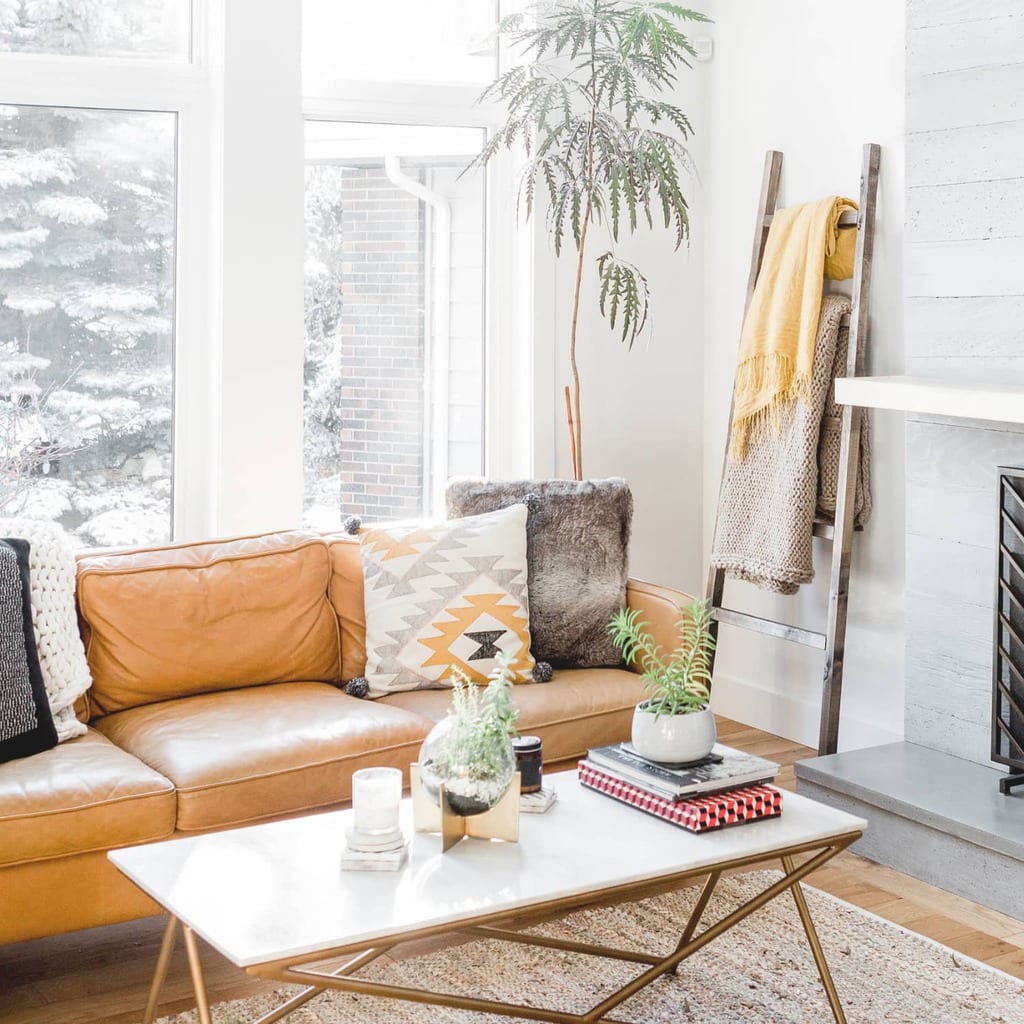Understanding Minimalism: Strategies for Reducing Mess and Enhancing Quality in Everyday Living
Minimalism is progressively acknowledged as a practical strategy to improving clearness and focus in today's messy globe. By systematically reviewing our properties and focusing on intentionality, we can develop spaces that not just reflect our worths however additionally promote psychological wellness.
Defining Minimalism and Its Benefits
Specifying minimalism entails recognizing it as a way of life selection that emphasizes simpleness and intentionality in both daily routines and physical ownerships. At its core, minimalism encourages people to prioritize what truly matters, enabling for a much more significant and focused existence. By removing the non-essential, minimalism welcomes people to involve deeply with their surroundings and experiences.
The benefits of taking on a minimal method are diverse. To start with, it fosters mental quality, as minimizing mess in one's setting can bring about decreased interruptions and stress and anxiety. When bordered by less properties, people frequently report enhanced concentration and improved productivity. Minimalism promotes monetary freedom; by focusing on requirements over wants, individuals can make even more enlightened investing in choices, leading to potential financial savings and minimized debt. A minimalist way of living can generate psychological benefits, as it urges individuals to grow appreciation for what they have instead than yearning for much more.
Inevitably, minimalism is not simply concerning material reduction yet includes a holistic shift in viewpoint, fostering a life identified by balance, function, and gratification. Embracing this way of life can cause extensive adjustments in how individuals perceive and communicate with the world around them.
Examining Your Current Mess
Clutter commonly shows up as a frustrating build-up of things that no more offer a purpose, producing an obstacle to attaining a minimal lifestyle. To effectively examine your existing mess, it is necessary to adopt an organized approach. Begin by identifying the areas in your home that feel overwhelming or chaotic. Keep in mind of particular classifications of things, such as clothing, publications, or cookware, as this will assist you comprehend the range of the clutter.

Additionally, consider the frequency of use for each thing. Eventually, understanding your existing clutter is an essential step towards accepting minimalism and enhancing clearness in your everyday living.

Practical Decluttering Techniques
Having actually assessed your current mess, the following step is to execute functional decluttering methods that promote an even more arranged living area. Minimalism. One reliable approach is the "Four-Box" technique, where you mark four boxes classified: maintain, donate, garbage, and relocate. This strategy motivates quick decision-making and makes sure items are classified properly
An additional strategy is the "One in, One out" regulation, which states that for every brand-new item obtained, an existing item has to be eliminated. This principle aids maintain balance and protects against build-up over time. In addition, take into consideration the "30-Day Minimalism Game," where you get rid of one product on the first day, 2 on the second, etc, cumulatively promoting a sense of achievement.
Restriction yourself to a details number of valued items, enabling you to value their significance without overwhelming your area. By utilizing these strategies, best site you can create a more effective and calm living space, ultimately enhancing clearness in your daily life.
Developing Intentional Spaces
Producing deliberate areas includes a thoughtful strategy to just how we design and arrange our environments, guaranteeing each area serves a particular function and shows our values. This technique is vital in cultivating a sense of clarity and purpose in our day-to-days live. By critically examining the function of each area, we can remove distractions and enhance our general wellness.
To create intentional spaces, start by recognizing the main tasks that will occur in each area. As an example, a home workplace ought to be created to promote productivity, incorporating components such as adequate lighting, comfy furnishings, and very little diversions. In comparison, a relaxation area need to advertise tranquility, including calming shades and comfortable seats.
Additionally, consider the psychological effect of your surroundings (Minimalism). Including personal things that resonate with your worths, such as artwork or plants, can boost the link to your space. Frequently evaluate these atmospheres to guarantee they remain to offer their intended objective as your demands advance
Ultimately, developing intentional areas is about making mindful selections that line up with your way description of living, promoting harmony and performance in your living and functioning atmospheres.
Keeping a Minimalist Frame Of Mind
Accepting a minimalist state of mind needs continuous reflection and intentionality in our ideas and activities. Set aside time to review your commitments, belongings, and even digital content, ensuring they line up with your core concepts.
This change in viewpoint motivates appreciation for simpleness, improving overall well-being. Including mindfulness methods, such as reflection or journaling, can additionally reinforce a minimalist frame of mind by advertising clearness and reducing psychological clutter.
Additionally, develop limits to secure your time and energy. Find out to state no to non-essential responsibilities and distractions that do not add to your personal development. Surround on your own with like-minded individuals that support your minimal trip, as shared values can enhance inspiration and accountability.
Verdict
Finally, welcoming minimalism supplies substantial benefits, consisting of reduced clutter and improved clarity in life (Minimalism). By methodically evaluating possessions and executing functional decluttering techniques, individuals can develop intentional spaces that promote mindfulness and gratitude. Keeping a minimal attitude calls for ongoing analysis and commitment to simplicity, inevitably leading to a more concentrated and satisfying way of living. The principles of minimalism act as useful devices for cultivating an environment that supports personal growth and wellness.

Furthermore, consider the "30-Day Minimalism Game," where you eliminate one thing on the first day, two on the second, and so find forth, cumulatively promoting a sense of achievement.
In verdict, embracing minimalism provides considerable benefits, including decreased clutter and boosted quality in everyday life.